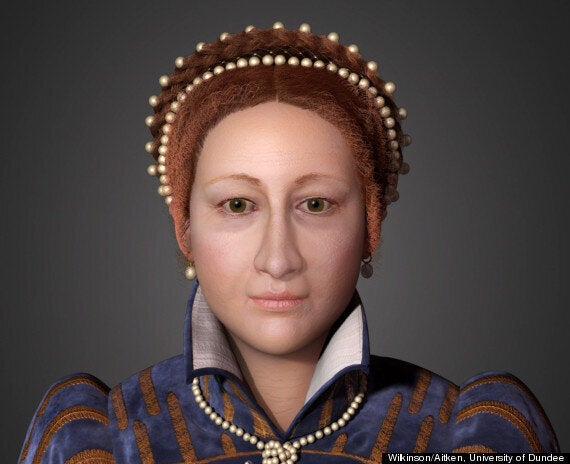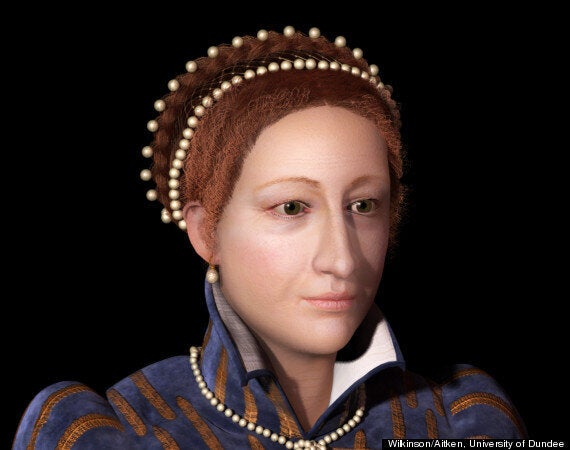It's never worth losing one's head in the name of art.
Artists who created some of the most famous portraits of our Kings and Queens can be forgiven for producing a flattering image, rather than a warts and all interpretation.
So when we see the gout-ridden Henry VIII looking a picture of health in a portrait, or Elizabeth I with a perfectly pointy nose and clear complexion, it's fairly safe to assume we may not be looking at an honest impression of our former monarchs.
The University of Dundee has strived to bring us a more realistic image of one of Scotland's most famous historical figures: Mary, Queen of Scots.
A 3D virtual sculpture of Mary has been created by a team of experts for a new exhibition on the Scottish leader's life, opening at the National Museum of Scotland.

Professor Caroline Wilkinson of the University of Dundee used existing portraits and Mary’s biography to reconstruct her face during her reign in Scotland from the ages of 19 to 26 - a period when there is no portrait record.
The model was created using 3D modelling software and craniofacial templates before digital artist Janice Aitken sculpted clothing and hair, adding textures and lighting to create the finished image.
MORE ON HUFFPOST UK:
Professor Wilkinson said: "Normally we would begin the process of craniofacial reconstruction by examining skeletal remains, but of course we didn’t have a skull to work from.
“We had to get the facial proportions and size of her features from portraits which, luckily, were from slightly different angles so we could look at her face from more than one viewpoint."

Professor Wilkinson and her team turned to the history books to see what Mary was experiencing during this period in her life: illness, grief, miscarriage, and imprisonment.
Mary succeeded to the Scottish throne when her father, King James V died just days after her birth, meaning Scotland was ruled by regents for most of her early years.
Following a tumultuous reign, Mary was forced to abdicate in favour of her infant son and, after an unsuccessful attempt to regain her throne, she fled to England seeking the protection of her cousin Queen Elizabeth I.
Perceived as a threat, Mary spent 18 years in custody before finally being found guilty of plotting to assassinate Elizabeth and subsequently executed.
The University's 3D portrait aims to show the stresses and strains of the young Queen as she battled with political turmoil.
Wilkinson added: "She is not what you would describe as a classic beauty. Mary had quite a big nose and a strong chin so when you describe her verbally she doesn’t sound attractive, but the paleness of her skin, red hair, and strong features meant she had a very striking appearance.”
The Mary, Queen of Scots exhibition opens on 28 June at the National Museum of Scotland in Edinburgh and runs until 17 November.
Flick through other historical figures who have been given a modern makeover: